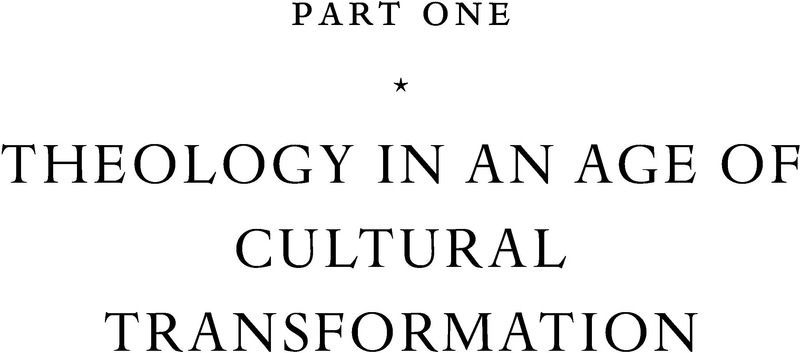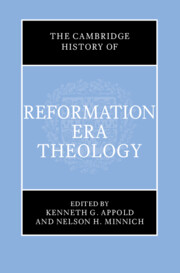Book contents
- The Cambridge History of Reformation-Era Theology
- The Cambridge History of Reformation-Era Theology
- Copyright page
- Contents
- Figures
- Acknowledgments
- Contributors
- Abbreviations
- Introduction
- Part One Theology in an Age of Cultural Transformation
- Part Two Schools and Emerging Cultures of Theology: Diversity and Conformity within Confessions
- Part Three Topics and Disciplines of Theology
- Index
- References
Part One - Theology in an Age of Cultural Transformation
Published online by Cambridge University Press: 27 September 2023
- The Cambridge History of Reformation-Era Theology
- The Cambridge History of Reformation-Era Theology
- Copyright page
- Contents
- Figures
- Acknowledgments
- Contributors
- Abbreviations
- Introduction
- Part One Theology in an Age of Cultural Transformation
- Part Two Schools and Emerging Cultures of Theology: Diversity and Conformity within Confessions
- Part Three Topics and Disciplines of Theology
- Index
- References
Summary

- Type
- Chapter
- Information
- The Cambridge History of Reformation Era Theology , pp. 7 - 172Publisher: Cambridge University PressPrint publication year: 2023
References
Bibliography
Bibliography
Bibliography
Bibliography
Bibliography
Bibliography
The most important bibliography consists of the numerous studies of individual universities, academies, monastic studia, Jesuit schools, and other institutions of learning, plus catechisms and educational manuals. What follows are a handful of works, some of which analyze broad trends.



